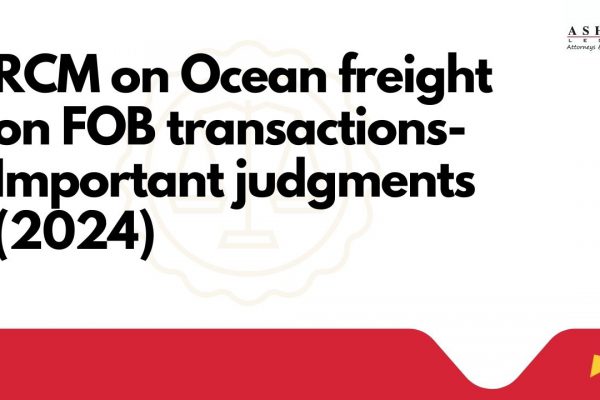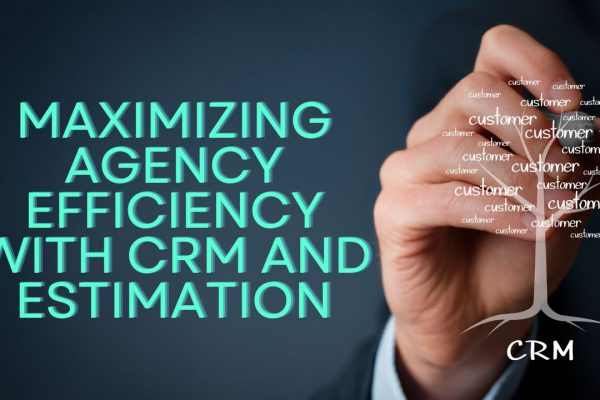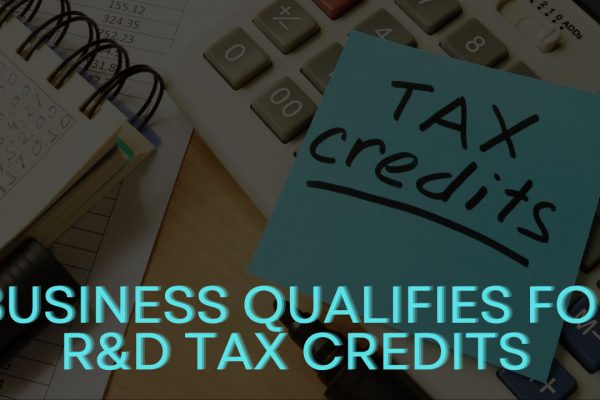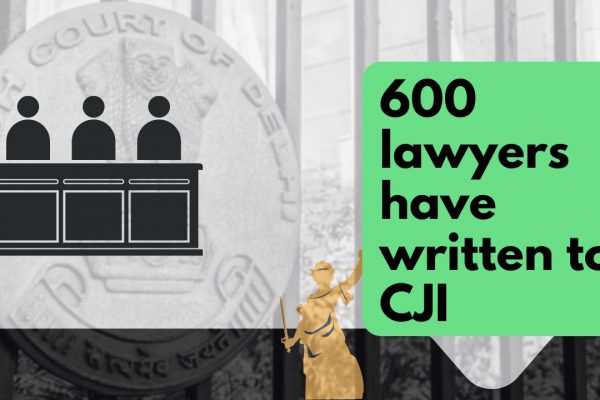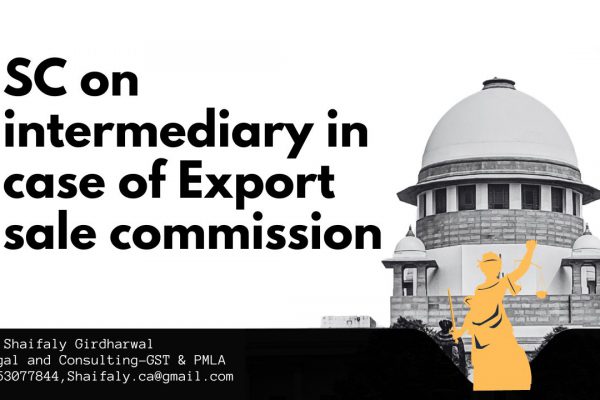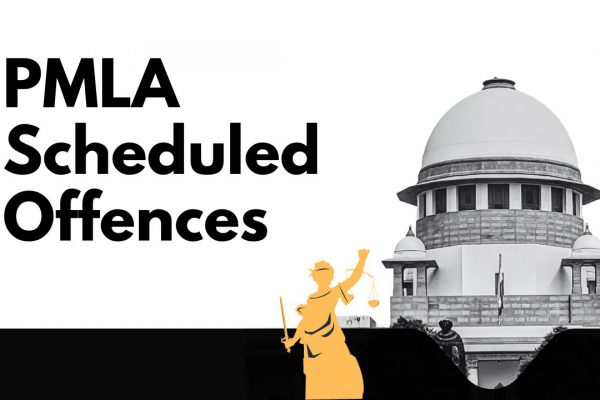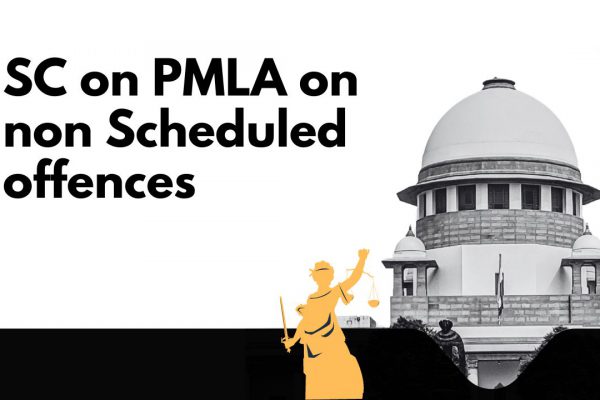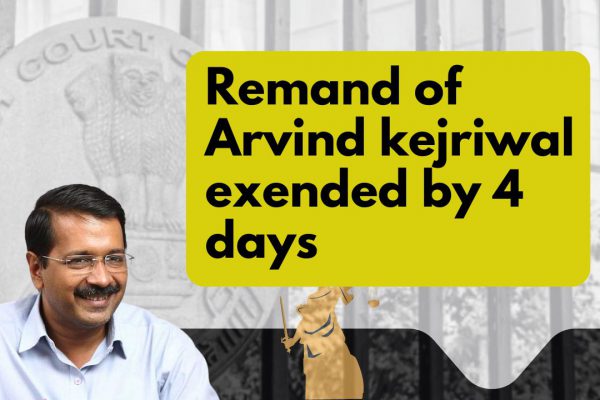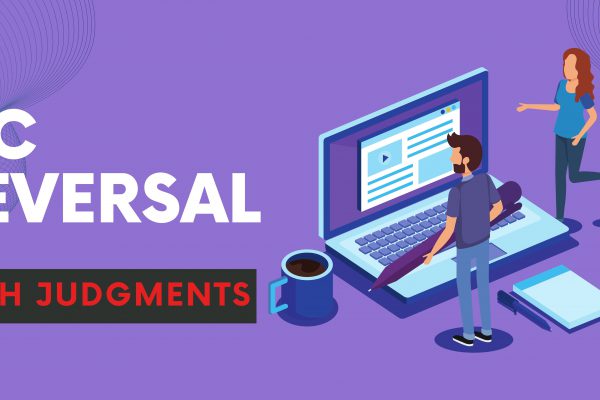FAQs for New Return of GST
- Question-Answer for New Return Of GST
- 1. Who are liable to file RET-01 monthly?
- 2. Who are liable to file RET-01 Quarterly?
- 3. Who can file RET-02 (Sahaj)?
- 4. Who can file RET-3 (Sugam)?
- 5. How payment will be made by a quarterly return?
- 6. What is all the information required under PMT-08?
- 7. Which information is required RET-1?
- 8. Which information is required for RET-02?
- 9. Which information is required for RET-03?
- 10. What is the periodicity of tax filing under the New GST Return?
- 11. What is 3L of Annexure-1?
- 12. How Annexure-1 can be amended?
- 13. How RET-1 can be amended?
- 14. Is it possible to amend Annexure-2?
- 15. How interest will be calculated late filing and reversal of input?
- 16. Can the supplier amend the invoice after accepted by the recipient?
- Download the copy:
Question-Answer for New Return Of GST
1. Who are liable to file RET-01 monthly?
Large taxpayers (i.e. with turnover > Rs 5 crore in the preceding F.Y.) will have to file this return monthly.
2. Who are liable to file RET-01 Quarterly?
Small taxpayers (i.e. with turnover up to Rs 5 crore in the preceding F.Y.) can opt to file the return on a quarterly basis.
3. Who can file RET-02 (Sahaj)?
- Taxpayers opting to file the return as ‘Sahaj’ shall be allowed to declare outward supply under the B2C category and inward supplies attracting reverse charge only.
- Such taxpayers cannot make supplies through e-commerce operators on which tax is required to be collected under section 52. Such taxpayers shall not take credit on missing invoices and shall not be allowed to make any other type of inward or outward supplies. However, such taxpayers may make Nil rated, exempted or Non-GST supplies that need not be declared in the said return.
4. Who can file RET-3 (Sugam)?
- Taxpayers opting to file a return as ‘Sugam’ shall be allowed to declare outward supply under B2C and B2B category and inward supplies attracting reverse charge only.
- Such taxpayers cannot make supplies through e-commerce operators on which tax is required to be collected under section 52. Such taxpayers shall not take credit on missing invoices and shall not be allowed to make any other type of inward or outward supplies. However, such taxpayers may make Nil rated, exempted or Non-GST supplies which need not be declared in said return
5. How payment will be made by a quarterly return?
1. Taxpayers opting to file the return on a quarterly basis have to make the payment on a monthly basis on the supplies made during the month.
- Only eligible ITC shall be claimed through this FORM.
- Payment of self-assessed liabilities shall be made for the first two months of the quarter.
- The credit of the tax paid during the first two months of the quarter shall be available at the time of filing the return for the quarter.
6. What is all the information required under PMT-08?
The following summary of self-assessed liability and input tax credit availed: –
- Liability to pay tax (other than reverse charge)
- Liability to pay tax (reverse charge)
- Input tax credit availed
Instructions: –
- Taxpayers opting to file the return on a quarterly basis have to make a payment on a monthly basis on the supplies made during the month.
- Only eligible ITC shall be claimed through this FORM.
- Payment of self-assessed liabilities shall be made for the first two months of the quarter.
- The credit of the tax paid during the first two months of the quarter shall be available at the time of filing the return for the quarter.
- Payment of the self-assessed liabilities shall be made by of the month succeeding the month to which the liability pertains.
- Liability can be settled out of balance in an electronic credit ledger or electronic cash ledger as the case may be.
- Liability and input tax credit availed shall be based on self-assessment subject to adjustment in the main return of the quarter.
- Excess input tax credit claimed or short liability stated will be liable for levy of interest under section 50 of the Act.
- The declaration shall also be required to be filed if no supplies have been made during the month.
- Late payment will attract interest at the rate specified in section 50 of the Act.
7. Which information is required RET-1?
(i) GST RET-1 is the main return in the new GST Return System that needs to be filed along with GST Annexure 1 and GST Annexure 2.
(ii) Such a return needs to be filed by a normal taxpayer making B2B supplies, B2C Supplies, zero-rated supplies, inward supplies attracting reverse charge and supplies through e-commerce operators, etc.
(iii) GST RET-1 mainly gives details of outward supplies and ITC to be availed based on the invoices uploaded by the supplier. Further, the taxpayers need to file this return by the 20th of the month following the month for which the tax needs to be paid.
|
Annexure 1 |
Annexure 2 |
RET-1 |
|
3A-Supplies to unregistered person(B2C) |
3A. Supplies received from registered persons including services received from SEZ units
|
Liability relating to the period prior to the introduction of current return filing system and any other liability to be paid |
|
3B-Supplies to registered person (B2B) |
3B. Import of goods from SEZ units/developers on Bill of Entry
|
Advance Received |
|
3C-Export with payment of tax |
3C. Import of goods from overseas on Bill of Entry
|
Advance Adjusted |
|
3D-Export without payment of tax |
4(1). (1) Credit on all documents which have been rejected
|
Reduction in output tax liability on account of the transition from composition levy to normal levy, if any or any other reduction in liability |
|
3E-Supplies to SEZ Units/developers with payment of tax |
(2) Credit on all documents which have been kept pending. |
Exempt and Nil rated supplies |
|
3F-Supplies to SEZ Units/developers without payment of tax |
(3) Credit on all documents which have been accepted |
Non-GST supplies |
|
3G– Deemed Exports
|
5. ISD credits received (eligible credit only) |
Outward supplies attracting reverse charge |
|
3H– Inward supplies attracting Reverse Charge |
|
Supply of goods by an SEZ unit/developer to DTA on a Bill of Entry |
|
3I– Import of services |
|
Eligible credit (after 1st July 2017) not availed prior to the introduction of this return but admissible as per Law (transition to new return system) |
|
3J– Import of Goods
|
|
Provisional input tax credit on documents not uploaded by the suppliers [net of ineligible credit] |
|
3K– Import of Goods from SEZ units/developers on a bill of entry
|
|
An upward adjustment in input tax credit due to receipt of credit notes and all other adjustments and reclaims |
|
3L. Missing documents on which credit has been claimed in T-2 /T-1 (for a quarter) tax period and supplier has not reported the same till the filing of return for the current tax period |
|
Supplies not eligible for credit (including ISD credit) [out of net credit available in table 4A above] |
|
4. E-commerce operator |
|
Reversal of credit in respect of supplies on which provisional credit has already been claimed in the previous tax periods but documents have been uploaded by the supplier in the current tax period (net of ineligible credit) |
|
|
|
Reversal of input tax credit as per law (Rule 37, 39, 42 & 43) |
|
|
|
Other reversals including downward adjustment of ITC on account of the transition from composition levy to normal levy, If Any |
|
|
|
Input tax credit on capital goods (out of C) |
|
|
|
Input tax credit on services (out of C) |
- The rest of the details of RET-1 will be Auto Populated from Annexure-1 & Annexure-2
8. Which information is required for RET-02?
1. Taxpayers opting to file a return as ‘Sahaj’ shall be allowed to declare outward supply under the B2C category and inward supplies attracting reverse charge only.
- Such taxpayers cannot make supplies through e-commerce operators on which tax is required to be collected under section 52. Such taxpayers shall not take credit on missing invoices and shall not be allowed to make any other type of inward or outward supplies. However, such taxpayers may make Nil rated, exempted or Non-GST supplies that need not be declared in the said return.
|
Annexure-1 |
Annexure-2 |
RET-2 |
|
3A. Supplies made to consumers and un-registered persons (Net of debit/credit notes) |
3A. Supplies received from registered persons (other than those attracting reverse charge) |
Liabilities relating to the period prior to the introduction of current return filing system and any other liability to be paid |
|
3H. Inward supplies attracting reverse charge (to be reported by the recipient, GSTIN wise for every supplier, net of debit /credit notes and advances paid, if any) |
4(1). Credit on all documents which have been rejected (net of debit /credit notes |
Advances received (net of refund vouchers and including adjustments on account of wrong reporting of advances earlier) |
|
|
4.(2) Credit on all documents which have been kept Pending (net of debit /credit notes) |
Advances adjusted |
|
|
4.(3) Credit on all documents which have been accepted (including deemed accepted) (net of debit/credit notes) |
Reduction in output tax liability on account of the transition from composition levy to normal levy, if any or any other reduction in liability |
|
|
|
Eligible credit (after 1st July 2017) not availed prior to the introduction of this return but admissible as per Law (transition to new return system) |
|
|
|
An upward adjustment in input tax credit due to receipt of credit notes and all other adjustments and reclaims |
|
|
|
Supplies not eligible for the credit [out of net credit available in table 4A above] |
|
|
|
Reversal of input tax credit as per the law (Rule 37, 39, 42 & 43) |
|
|
|
Other reversals including downward adjustment of ITC on account of the transition from composition levy to normal levy, if any |
- The rest of the details of RET-1 will be Auto Populated from Annexure-1 & Annexure-2
9. Which information is required for RET-03?
- Taxpayers opting to file a return as ‘Sugam’ shall be allowed to declare outward supply under B2C and B2B category and inward supplies attracting reverse charge only.
2. Such taxpayers cannot make supplies through e-commerce operators on which tax is required to be collected under section 52. Such taxpayers shall not take credit on missing invoices and shall not be allowed to make any other type of inward or outward supplies. However, such taxpayers may make Nil rated, exempted or Non-GST supplies that need not be declared in said return.
|
Annexure-1 |
Annexure-2 |
RET-2 |
|
3A. Supplies made to consumers and un-registered persons (Net of debit/credit notes) |
3A. Supplies received from registered persons (other than those attracting reverse charge) |
Liabilities relating to the period prior to the introduction of current return filing system and any other liability to be paid |
|
3B. Supplies made to registered persons |
4(1). Credit on all documents which have been rejected (net of debit /credit notes |
Advances received (net of refund vouchers and including adjustments on account of wrong reporting of advances earlier) |
|
3H. Inward supplies attracting reverse charge (to be reported by the recipient, GSTIN wise for every supplier, net of debit /credit notes and advances paid, if any) |
4.(2) Credit on all documents which have been kept Pending (net of debit /credit notes) |
Advances adjusted |
|
|
4.(3) Credit on all documents which have been accepted (including deemed accepted) (net of debit/credit notes) |
Reduction in output tax liability on account of the transition from composition levy to normal levy, if any or any other reduction in liability |
|
|
|
Eligible credit (after 1st July 2017) not availed prior to the introduction of this return but admissible as per Law (transition to new return system) |
|
|
|
An upward adjustment in input tax credit due to receipt of credit notes and all other adjustments and reclaims |
|
|
|
Supplies not eligible for the credit [out of net credit available in table 4A above] |
|
|
|
Reversal of input tax credit as per the law (Rule 37, 39, 42 & 43) |
|
|
|
Other reversals including downward adjustment of ITC on account of the transition from composition levy to normal levy, if any |
- The rest of the details of RET-1 will be Auto Populated from Annexure-1 & Annexure-2
10. What is the periodicity of tax filing under the New GST Return?
- Periodicity of filing return will be deemed to be monthly for all taxpayers unless the quarterly filing of the return is opted for.
- For newly registered taxpayers, turnover will be considered as zero and hence they will have the option to file monthly, Sahaj, Sugam or Quarterly (Normal) return.
- Change in periodicity of the return filing (from quarterly to monthly and vice versa) would be allowed only once at the time of filing the first return by a taxpayer.
- The periodicity of the return filing will remain unchanged during the next financial year unless changed before filing the first return of that year.
- The taxpayers opting to file quarterly returns can choose to file any of the quarterly return namely – Sahaj, Sugam or Quarterly (Normal).
- Taxpayers filing the return as Quarterly (Normal) can switch over to Sugam or Sahaj return and taxpayers filing a return as Sugam can switch over to Sahaj return only once in a financial year at the beginning of any quarter.
- Taxpayers filing the return as Sahaj can switch over to Sugam or Quarterly (Normal) return and taxpayers filing the return as Sugam can switch over to Quarterly (Normal) return more than once in a financial year at the beginning of any quarter.
- A registered person can upload the details of documents any time during a quarter to which it pertains or of any prior period but not later than the due date for furnishing of return for the month of September or second quarter following the end of financial year to which such details pertain or the actual date of furnishing of relevant annual return whichever is earlier except that he will not be able to upload details of documents from 23rd to 25th of the month following the quarter.
- The recipient will get credit during a tax period on the basis of the details of documents uploaded by the supplier up to the 10th of the month following the month for which the return is being filed for. Such credit can be availed i.e. credited to the ledger of the recipient only on filing of his (i.e. recipient’s) return. There may be the following two scenarios:
(i) If the recipient files his return on a monthly basis, say, for the month of January 2019 on 20th February 2019, he shall be eligible to take credit in his return based on the documents uploaded by the supplier up to the 10th of February, 2019 irrespective of whether the supplier files his return on monthly or quarterly basis.
(ii) If the recipient files his return on a quarterly basis (Normal, Sahaj or Sugam), say for the quarter January – March 2019 on 25th April 2019, he shall be eligible to take credit in his return based on the documents uploaded by the supplier up to the 10th of April, 2019 irrespective of whether the supplier files his return on monthly or quarterly basis.
11. What is 3L of Annexure-1?
Missing documents on which credit has been claimed in T-2 /T-1 (for the quarter) tax period and supplier has not reported the same till the filing of return for the current tax period
Instruction: –
The recipient needs to provide document-wise details of the supplies for which credit has been claimed but the details of supplies are yet to be uploaded by the supplier(s) concerned as detailed below:
(i) Where the supplier has not reported supplies even after a lapse of two tax periods in the case of monthly return filers and after a lapse of one tax period in the case of quarterly return filers. (ii) Where the supplier uploads the invoice after the recipient reports the same in this table, then such credit needs to be reversed by the recipient in table 4B (3) of the main return (FORM GST RET-1) as this credit cannot be availed twice.
12. How Annexure-1 can be amended?
- The amendment will be based on the tax period and for invoices/documents reported therein earlier.
- If missing details of documents pertaining to the tax period ‘T’ have been reported in the return of the tax period ‘T+n’, then amendment of such documents shall be made by amending return of the tax period ‘T’.
- Amendment to FORM GST ANX-1 can be filed before the due date for furnishing of return for the month of September following the end of the financial year or the actual date of furnishing relevant annual return, whichever is earlier. The amendment to FORM GST ANX1 can be filed as many times as provided in the Act read with the rules made thereunder.
- The filing process will be similar to the process of filing of the original FORM GST ANX-1. The annexure will be deemed to have been filed upon the filing of return in FORM GST RET-1A.
- Amendment of the invoice, debit/credit notes shall be carried out through this annexure in relation to table 3A, 3C, 3D, 3H, 3I, 3J and 3K of FORM GST ANX-1.
- Providing original document details will be mandatory for amending the same except in case of B2C supplies in table 3A, table 3H and table 3I of FORM GST ANX-1.
- Missing documents of prior period(s) shall not be reported in this annexure but can be reported in FORM GST ANX-1 itself.
- The invoices /documents on which refund has already been claimed by the supplier/recipient shall not be open for amendment.
- For changing the value or any other particulars under Table 4, the original GSTIN shall be re-entered as revised GSTIN and then the value or any other particulars may be amended. 10. Amendment in relation to table 3B, 3E, 3F, and 3G shall be carried out in FORM GST ANX1 of the main return (FORM GST RET-1) itself.
13. How RET-1 can be amended?
Currently, GST returns cannot be amended, and errors, if any, can only be rectified by making an amendment to those particular invoices/details in the subsequent month’s return. However, now, a taxpayer can file FORM GST RET-1A as an amendment return to the original return.
Instructions: –
- The filing process of the amendment return will be similar to the filing process of the original return (FORM GST RET-1).
- Entries made by the taxpayer in the main return (FORM GST RET-1) which were not auto-populated shall be editable in this return.
3. Amendment return can be filed for a tax period i.e. either a Month or a Quarter, as the case may be.
- The frequency of filing and period within which it is to be filed will be as per provisions of the Act read with the rules made thereunder.
- Payment can be made if the liability arises due to the filing of the amendment return. If liability becomes negative then no refund shall be paid. However, the negative liability will be carried forward to the main return (FORM GST RET – 1) of the next tax period where adjustment can be made.
- The payment process will be similar to that of the main return (FORM GST RET-1). ITC available in the electronic credit ledger can be utilized for payment of liability as per the provisions of law read with rules made thereunder.
- Revised values shall be reported wherever amendment is required in the returns already filed. For example, if the original value reported was Rs. 100/- and the revised value is Rs. 120/-, then Rs. 120/- shall be reported in these tables. 8. Amendment to ITC (upward / downward adjustment) shall be reported in the main return (FORM GST RET-1) and not to be taken to the amendment return.
14. Is it possible to amend Annexure-2?
No, the return system provides for all editing or amendments from the supplier’s side only. The recipient will have the option to reset / un-lock or reject a document but editing of or amendment to the same shall be made by the supplier only.
15. How interest will be calculated late filing and reversal of input?
|
1. Interest and late fee due to late filing of return (including late reporting of invoices of previous tax periods, rejection of accepted documents by the recipient) |
To be calculated by the system |
|
2. Interest on account of reversal of input tax credit |
To be calculated by the system |
|
3.Interest on account of late reporting of supplies attracting reverse charge |
To be calculated by the taxpayer |
|
4. Other interest liability |
To be calculated by the taxpayer |
16. Can the supplier amend the invoice after accepted by the recipient?
Once accepted, the seller cannot edit the invoice. Rather, if any correction needs to be done later, then the recipient should reject the invoice and then the same will be populated in ANX-1 of the next month where the supplier may amend the invoice. Seller will be notified of the rejection of the online facility.
Download the copy:
““
If you already have a premium membership, Sign In.




